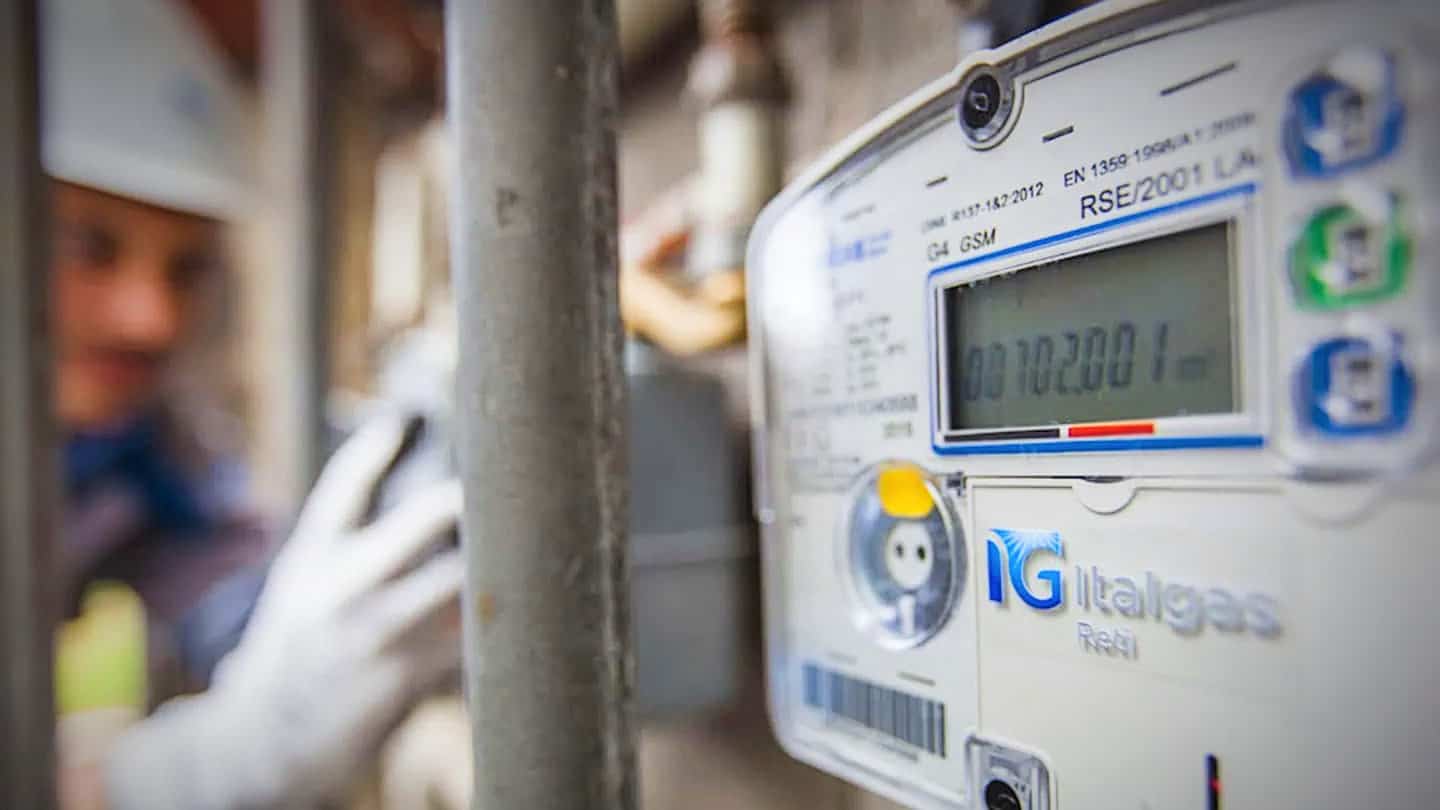A (short) review by A. Calderan of “Enrico Collini, Paolo Nesi, Gianni Pantaleo, Reputation assessment and visitor arrival forecasts for data driven tourism attractions assessment, Online Social Networks and Media, Volumes 37–38, 2023, 100274, ISSN 2468-6964, https://doi.org/10.1016/j.osnem.2023.100274. (https://www.sciencedirect.com/science/article/pii/S2468696423000332)
Leveraging Big Data and AI in Tourism
The article proposes a framework that utilizes social media and big data to forecast online reputation and touristic attraction presences. The authors introduce techniques based on machine learning, deep learning, causality assessment, and explainable Artificial Intelligence to provide evidence of the relevant variables for each prediction and estimation. The article highlights the importance of online reputation in the tourism industry and how social media can be used to develop systems supporting decision makers of tourism services in the cities.
Innovative Framework for Tourist Attractions
The key project of the article is to develop a framework that can assess the online reputation of touristic attractions and forecast the number of presences in advance. The authors use a combination of data sources, including social media, weather, and historical data, to predict the number of presences attending touristic attractions. This framework is based on machine learning and deep learning techniques, allowing for the analysis of multiple data sources and the identification of the main features to be tracked to compute the reputation predictions. The paper does an interesting previous academic review, and draws interesting insights that i’ve personally enjoyed.
Methodology and Evaluation
The article proposes a framework that utilizes machine learning, deep learning, causality assessment, and explainable Artificial Intelligence to forecast online reputation and touristic attraction presences. The authors use explainable Artificial Intelligence (XAI) techniques to identify the relevant variables for each prediction and estimation. They use XAI to compare domains of TripAdvisor reviews and Twitter data, and to compute multilingual sentiment analysis of TripAdvisor and Twitter data. The method’s evaluation shows it to be proper and complete enough to forecast online reputation and touristic attraction presences. Results of the framework are clearly mixed, and previous researched found better outcomes.
Discussion on Improvements and Future Directions
The discussion part of the article highlights the importance of online reputation in the tourism industry and the potential for social media to develop systems supporting tourism decision-makers. The authors also discuss the limitations of the proposed framework and suggest that future research should focus on developing more accurate and efficient methods for forecasting online reputation and touristic attraction presences. The article is well-structured and provides a comprehensive overview of the proposed framework, although a more detailed discussion of the limitations is needed for practical applicability. While there is clearly room for improvements, the usage of Tweets are a basis is a good basis to work with.











